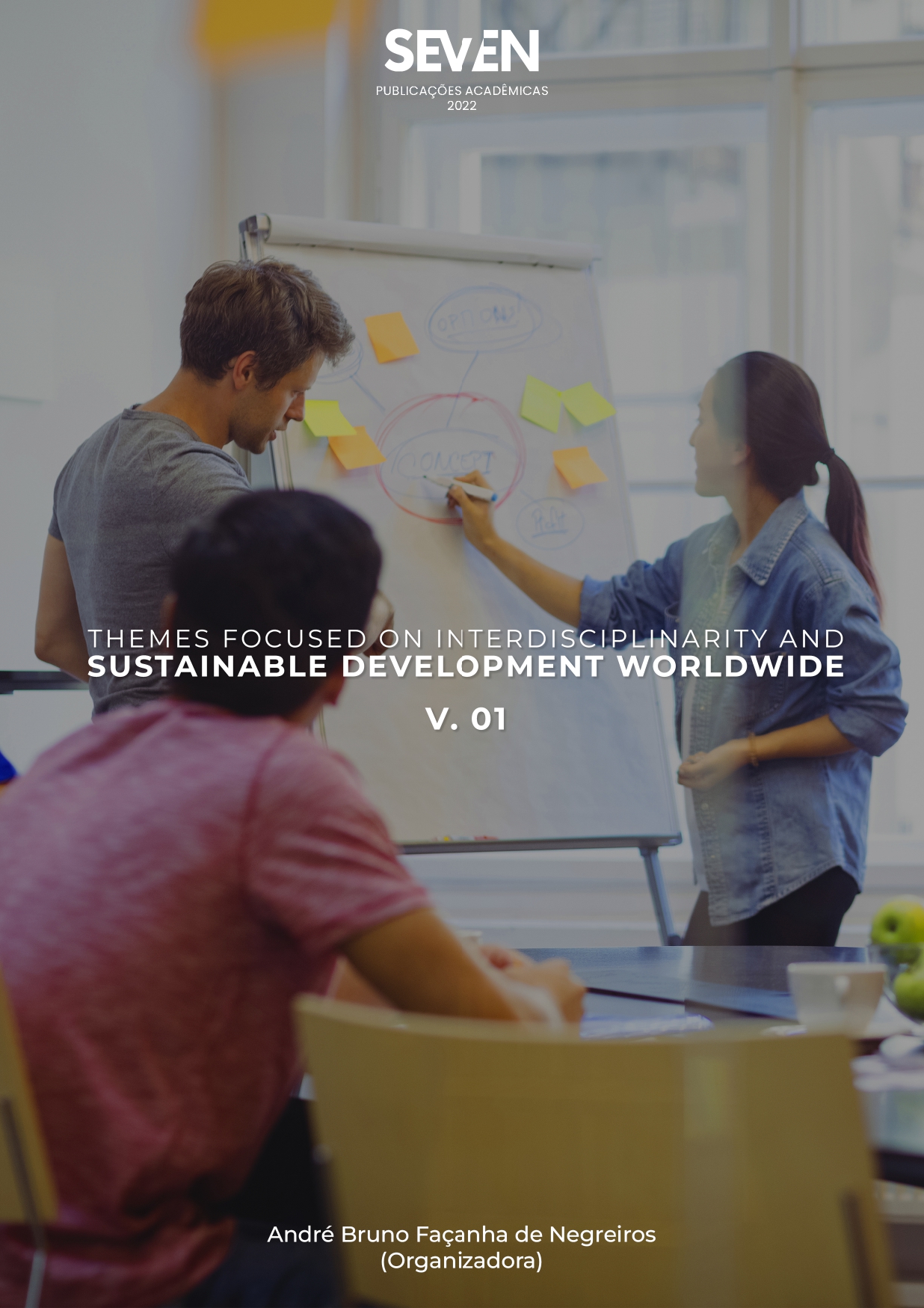Environmental Diagnosis of Permanent Preservation Area in Rondônia
Keywords:
Degraded area recovery, Amazon, water qualityAbstract
The Amazon forest plays an essential role in maintaining ecosystem services, in addition to collaborating with the planet's climate balance. However, the levels of degradation in the region have increased considerably, through anthropic activities, mainly due to the intense change in the use and occupation of the soil. This work aimed to carry out an environmental diagnosis at the source that belongs to the Manicoré River basin in the municipality of Rolim de Moura - RO, as well as to elaborate a Recovery Plan for Degraded Areas for the region. To this end, a technical visit was made to the site, in which water samples were collected for laboratory analysis, used as parameters for diagnosing the level of degradation of the spring catchment area. To facilitate the assessment, the Degraded Permanent Preservation Area was divided into three sectors: APPD1 - beginning of the source; APPD2 - medium portion; and, APPD3 - end of spring. At the time, twelve types of degradation were considered and after the evaluation, a sum was made to classify the level of degradation of the area. After classification, indications for recovery of environments were proposed, by sector. Two parameters of the physical-chemical evaluation of water quality showed results superior to the reference values established by CONAMA, conductivity and thermotolerants. Finally, a high degree of degradation was observed in all sectors, with mitigation measures being indicated for each of them. As mitigating measures for the recovery of the three sectors, bioengineering, consolidation and nucleation, planting of fast-growing forest species and conventional planting with low spacing were recommended. The purpose of the measures is to promote edaphic and vegetation characteristics suitable for good local development.
Downloads
Published
Issue
Section
License
Copyright (c) 2023 Kenia Michele de Quadros Tronco, Karen Janones da Rocha, Ronepablo da Silva Alves, Geremias Dourado da Cunha, Carolina Rafaela Barroco Soares, Lilian Vanessa Silveira Oliveira, Scheila Cristina Biazatti, Gustavo Neco da Silva, Jhony Vendruscolo, Emmanoella Costa Guaraná Araujo

This work is licensed under a Creative Commons Attribution-NonCommercial-NoDerivatives 4.0 International License.





